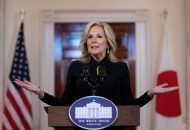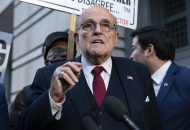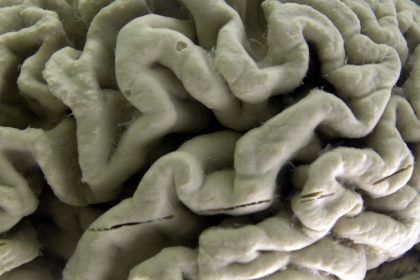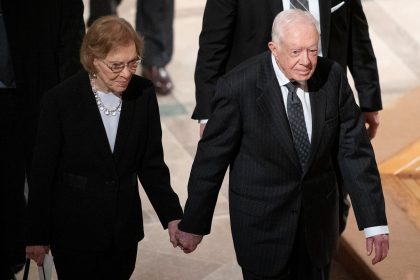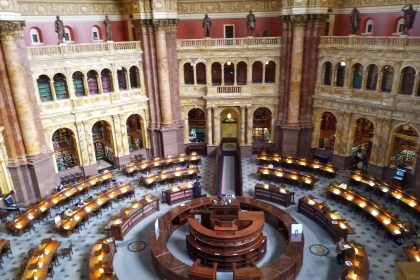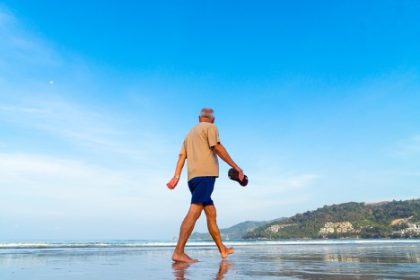Fed’s Advice for Older Americans? Move More, Sit Less
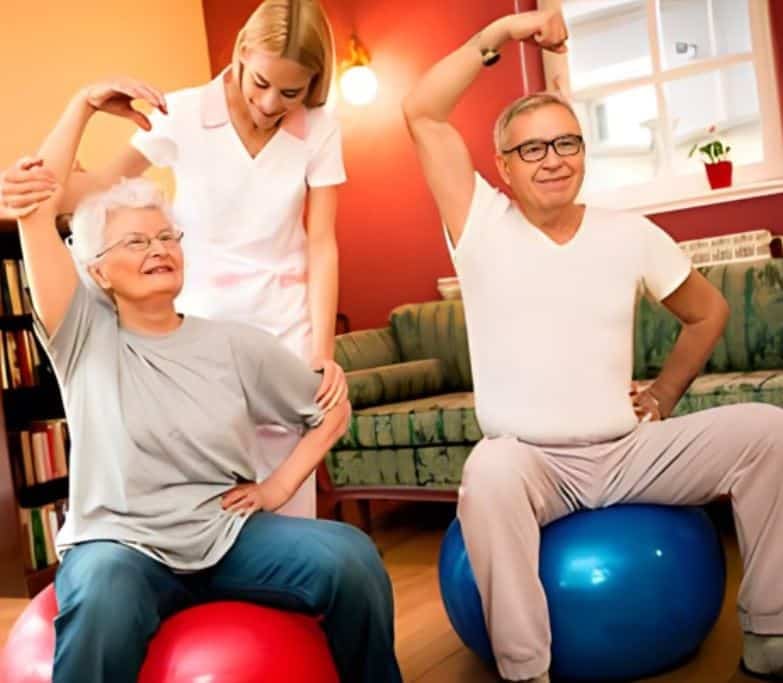
WASHINGTON — With one out of every five Americans expected to be age 65 or over by 2030, there has never been a more critical time to remind older adults of the substantial health benefits of engaging in regular physical activity, according to the Department of Health and Human Services.
Already, the department said in a report released on Tuesday, more than 85% of older adults in the U.S. have at least one chronic health condition.
And as this population grows, the impact of those conditions, on their families, communities and the nation’s health care system are expected to grow — that is, without timely intervention.
The latest data show that in 2018 only 17.1% of people ages 65-69 years and 14.1% of people ages 70-74 years were meeting the federal government’s aerobic and muscle-strengthening guidelines.
The new report, “Physical Activity Guidelines for Americans Midcourse Report: Implementation Strategies for Older Adults,” is meant to help older adults gain substantial health benefits and stave off or even prevent the onset of chronic disease by engaging in physical activity.
Though the entire report runs 63 pages, the basic rule of thumb it promotes is that adults 65 and older engage in 150 minutes or more of moderate-intensity aerobic physical activity and two days of muscle-strengthening physical activity each week.
While this might seem like a lot to the more sedentary among us, the department goes on to remind readers that many activities can “count” as physical activity and provide tremendous benefits — “whether they’re structured exercise programs or daily tasks such as walking to the post office.”
“The immediate and long-term health benefits of engaging in regular physical activity are well documented. This is why it is so important for all Americans, including older Americans, to stay physically active,” said Health and Human Services Secretary Xavier Becerra in a written statement accompanying the release of the research.
“This report will help us support older adults in living physically active lives,” he said.
The paper is an outgrowth of the National Strategy on Hunger, Nutrition, and Health meeting held at the White House last September.
It was informed by a systematic literature review with support from federal experts in physical activity as well as the President’s Council on Sports, Fitness & Nutrition Science Board.
The report provides an overview of evidence-based strategies to increase physical activity among older adults in key settings and reinforces the message that older adults should try to move more, sit less each day, and engage in a variety of activities.
It also stresses promoting physical activity is not just an individual responsibility.
While useful for seniors themselves, the report is also intended to be a call to action for policymakers; exercise and health professionals; clinicians; gerontologists; built environment professionals; local, state, territorial, and tribal leaders and others working with older adults.
“The mindset that physical activity is an individual responsibility is shifting, and progress to ensuring all Americans have the opportunity to be physically active requires a united effort. Everyone has a role to play,” said Adm. Rachel Levine, M.D., assistant secretary for Health.
“The Midcourse Report lays the foundation for a coordinated and cross-sectoral approach to make being active the easy and enjoyable choice for older adults,” she said.
Older adults were selected as the focus for this report because they are an expanding population with low rates of physical activity. Today less than 15% of Americans 65 and older get the recommended amounts of physical activity outlined in the report.
While the report outlines strategies for improving this percentage, it also acknowledges there are very understandable barriers to older adults getting and staying physically active.
“Understanding the different barriers older adults face is key to delivering effective and equitable interventions,” the report says.
Most of these barriers relate in some way to older adults’ capabilities, opportunities or motivation.
For instance, capability-related barriers include individual attributes such as chronic health conditions, physical or cognitive limitations and pain.
Opportunity-related barriers include external factors such as social isolation; inequitable access to spaces, equipment or guidance; neighborhood environment characteristics like low-quality sidewalks or poor lighting; and environmental limitations like climate-related issues.
And motivation-related barriers include personal attitudes and beliefs, such as the perception that it is too late to start being active; fear of falling, pain or injury; low self-efficacy, knowledge and awareness; or lack of enjoyment. Insufficient social support and societal biases related to age can exacerbate motivation-related barriers.
“Encouraging older adults to start slow and gradually increase physical activity can help build confidence, motivation and a regular routine,” the report says, adding, “Older adults can be physically active in a variety of settings — including the community, health care institutions and at home — and people working across sectors can help older adults increase their physical activity levels.”
This report outlines individual and group-based interventions and population-level policy, systems and environmental strategies that can positively affect older adults and the entire community by supporting more physical activity.
Measuring the effectiveness of strategies and interventions is critical to continually building and refining the list of “what works” to get older adults moving, the report says.
The key is for stakeholders working with older adults to partner with one another to plan and implement strategies for connecting older adults where they live to destinations where they can access safe opportunities to be physically active.
In concert with this, these entities are encouraged to devise strategies to motivate older adults to engage in physical activity through consistent messaging, reminding them that exercise will improve their quality of life, increase their functional abilities and in the process, support independent living.
The federal government provides a number of resources to help guide and sustain the activities described in the new report.
One of these is the HHS Move Your Way® campaign, which provides materials and tools to encourage people of all ages to meet recommendations from the Physical Activity Guidelines.
Another is the Centers for Disease Control and Prevention’s Active People, Healthy Nation initiative, which provides an evidence-based blueprint to help 27 million Americans become more physically active by 2027.
Dan can be reached at [email protected] and at https://twitter.com/DanMcCue















